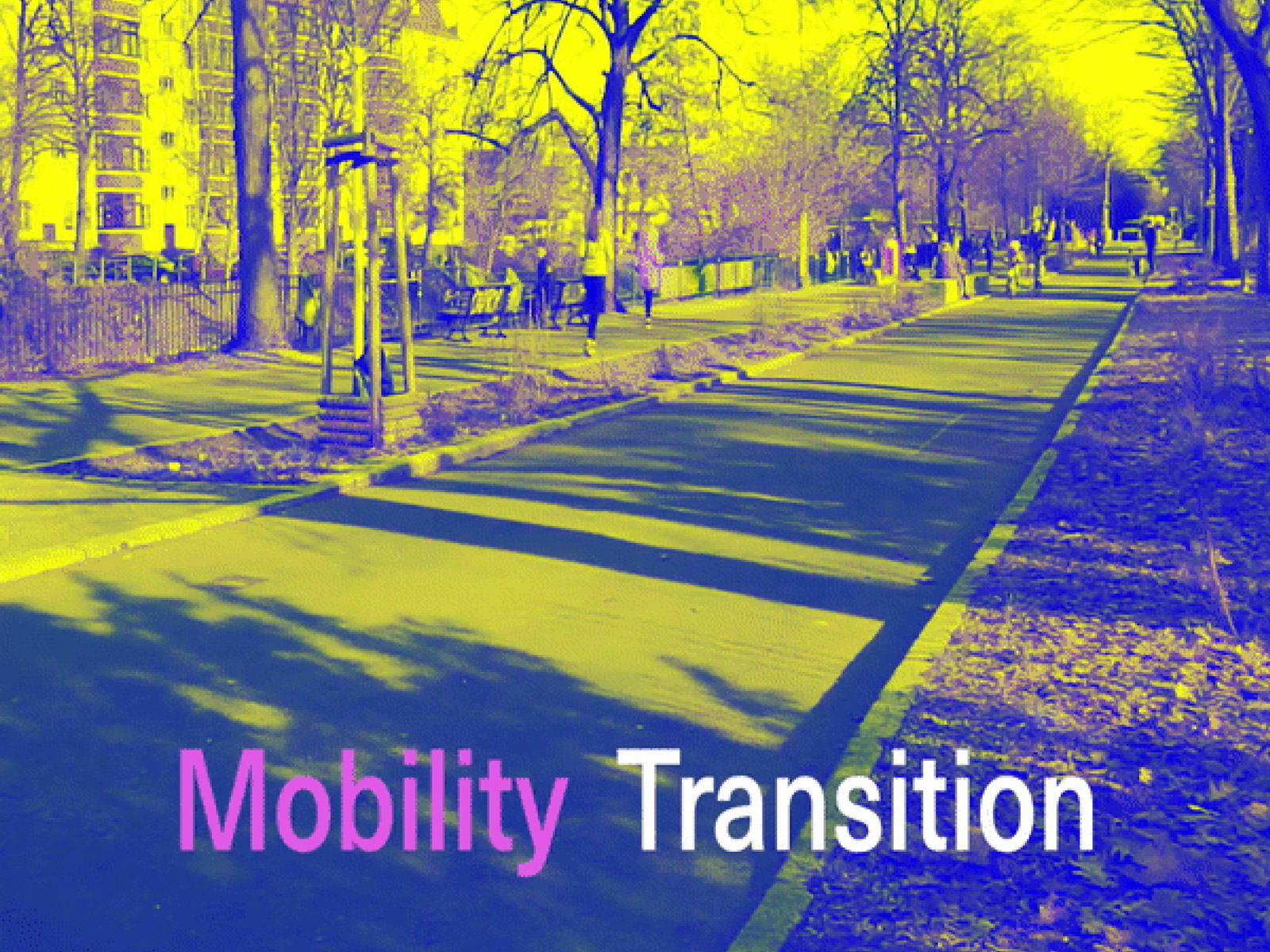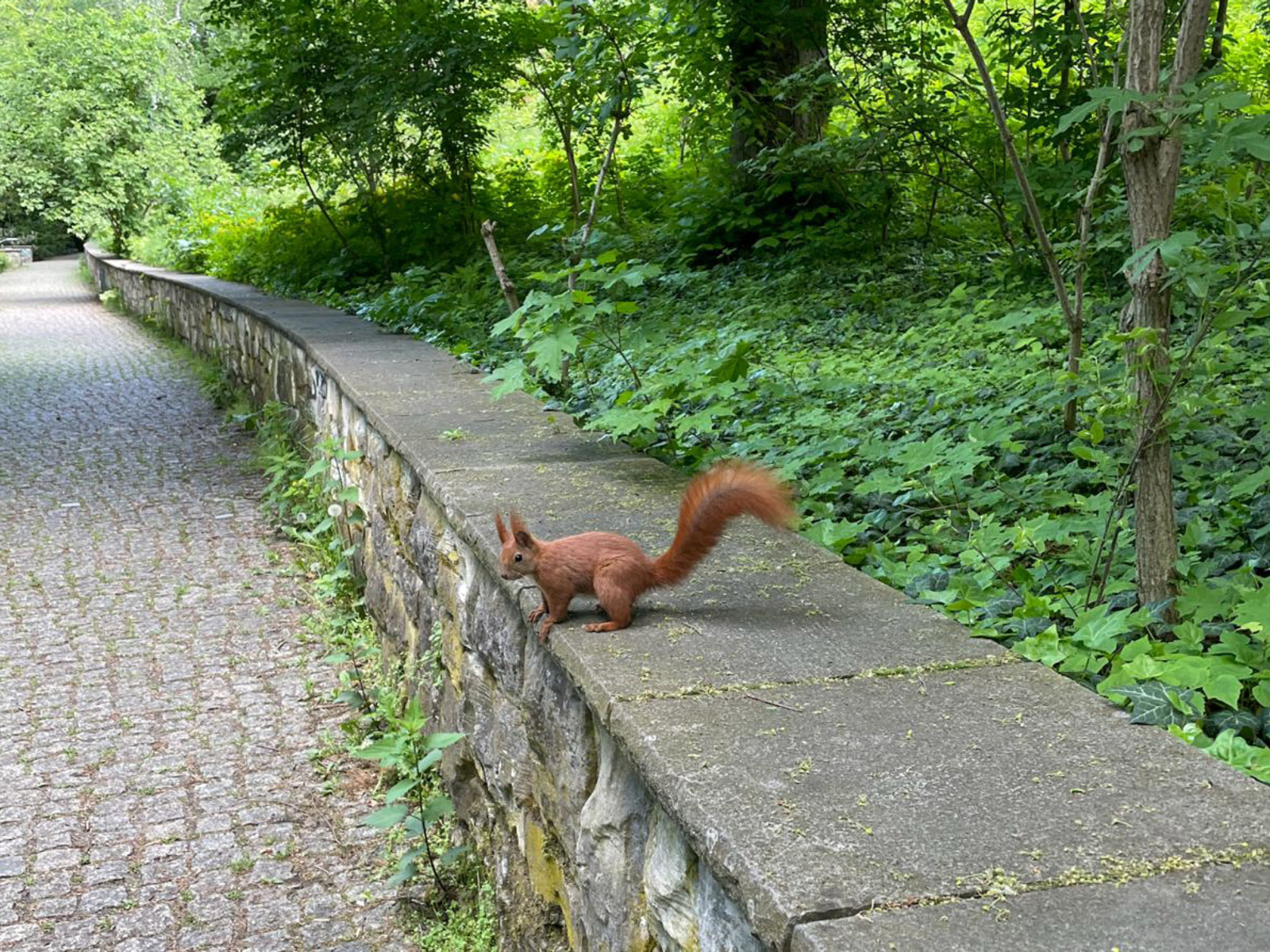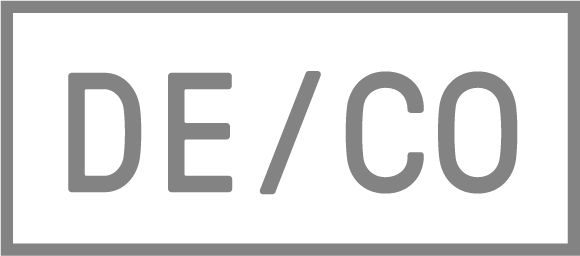INFRASTRUCTURE! Thesis
Go with the flow!
By: BB2040 Editorial Team
With contributions from: CO/NOW, Alejandro Orduz, BB2040 Editorial Team
Published on June 26, 2021

When we move around the world we shape our environment, meanwhile carrying different species of plants, animals—and even viruses—with us. The way infrastructures organise the flows that run through and across our cities reshapes them. Berlin’s streets, blocks, housing typologies, and most things surrounding us, were designed around our means of transport. At some point goods started moving around us more than humans or animals: today’s canals and railways were infrastructures once designed to move the materials from which the city was built. However, we must be careful in curating the flows in order to create synergies rather than barriers, and thus, inequalities.
The BB2040 Editorial team is formed by Philipp Misselwitz, David Bauer, Kriti Garg, Rosa Pintos Hanhausen, Simon Warne & Johanna Westermann.
This INFRASTRUCTURE! Thesis is presented at the Wissensstadt Berlin 2021.
Human mobility has shaped and reconfigured our environment and how we experience it. How we move has been determinant for every city’s design: horses, carriages, trains, cars, planes; even housing typologies have been shaped by accommodating certain flows. In 1862, the Hobrecht Plan defined Berlin’s infrastructural layout, with two rings clearly setting the boundaries[1]. At the beginning of the 20th century, the car appeared as a promise of individual mobility, and even if cities like Berlin-Brandenburg were not originally designed for this artifact, they adopted it and adapted to it.
While designing our built environment, we have prioritized some flows over others, selectively connecting, disconnecting, creating links but also barriers. By prioritizing cars over other means of transport—including walking—, we have forced ourselves to adjust to them—we have to patiently wait at a red light or cross over a pedestrian bridge— often making cities less attractive and more dangerous for those who can not move faster than 20km/h. How easy is it to move around the city for you? Whoever has decision power over what is built and how, also has the responsibility to include in their thoughts others who are not necessarily equipped with the same opportunities.
As much as mobility infrastructures connect, structurally they also tend to dissect cities, forming insurmountable barriers which define neighbourhoods and enclaves, or divide centres from urban peripheries; and Berlin’s Ringbahn is no exception to this. The flows of people and goods—and even energy—connect various peripheral neighborhoods, while dividing the inner and the outer city. A transition towards a low-carbon, les car-oriented city will allow many of theses dividing infrastructures to be reinterpreted, with the possibility of bridging them or building onto them, while densifying areas that need more cohesive urban fabric.
Addressing the flow of people around cities is a constantly discussed and rethought topic, and yet, not the only one directly affecting us. As much as we move around, we also like the city to come to us and it is becoming ever more common to get things delivered to our place rather than going out to get them. The COVID pandemic made us all witnesses of how, in lockdown, goods continued to flow around the world and delivery agencies flourished[2]. In the city, these supply chains materialize in major warehouses strategically located in the periphery where land is cheaper, close to main transport lines. This infrastructural backstage remains out of sight to most of us, making it more difficult to raise awareness of the environmental cost a logistics based society entails.
Trans-local logistics have shaped European cities since their foundation along trade routes. Since the 18th century, the reliance on what was grown and extracted beyond the continent dramatically increased, paving the way for its current dependency on international supply chains. Today, international cooperation is regulated through multilateral trade agreements that regulate the flow of goods and materials, fueling specialization and growth, expanding our choices as consumers, and, at the same time, making us more vulnerable to externalities. Events such as the 2021 blockage of the Suez Canal remind us of the fragility of global trade[3]. Together with an increasing debate on environmental burden of global transport and the inequities of global production chains, the debates around strategic decoupling and localizing production have emerged as a key element of populist incitement, nationalist protectionism as well as sustainability debates.
Another dimension of mobility that will yet increasingly shape the future of the region is migration. Since the Syrian refugee crisis in 2015 [4], more than 150.000 refugees officially entered the region, with many more unaccounted, who are drawn by the promises of the economic hub of Berlin with its diverse population. With climate refugees on the rise these figures are likely to increase dramatically in the future[5].
Migration also includes non-human species such as animals and plants forced out of natural habitats through expanding settlements and industrial agriculture. Humanity has already altered 97% of the Earth’s surface[6], disrupting the balance in several ecosystems and causing spillovers of diseases which trigger global pandemics such as HIV, Ebola or COVID. Cities have, however, also become safe havens for many animals or plants. Cities have become key arenas to renegotiate cohabitation of human and non-human species. Addressing flows therefore requires a more integrative and holistic perspective. We should try to be conscious of what we—as humans—are prioritizing and why; and that by doing this, we are changing not only our environment, but that of others.
[1] BERNET, C. (2004). The 'Hobrecht Plan' (1862) and Berlin's urban structure. Urban History, 31(3), 400-419. http://www.jstor.org/stable/44613500 [Accessed 16.06.21]
[2] LOCK, S. (2021) Increase in restaurant delivery users during the coronavirus (COVID-19) pandemic in selected European countries in 2020. Travel, Tourism & Hospitality: Food & Drink Services. Statista. https://www.statista.com/statistics/1176841/restaurant-delivery-user-growth-during-covid-in-europe-by-country/ [Accessed 16.06.21]
[3] KAUSHAL, T. (2021) How the Suez Canal blockade affected global trade. World Finance. https://www.worldfinance.com/news/how-the-suez-canal-blockade-affected-global-trade [Accessed 16.06.21]
[4] SPINDLER, W. (2015) 2015: The year of Europe’s refugee crisis. News and Stories. United Nations High Commision for Refugees. https://www.unhcr.org/news/stories/2015/12/56ec1ebde/2015-year-europes-refugee-crisis.html [Accessed 16.06.21]
[5] PODESTA, J. (2019) The climate crisis, migration, and refugees. 2020 and beyond: Maintaining the bipartisan narrative on US global development. Brookings Blum Roundtable on Global Poverty. Brookings Institution. https://www.brookings.edu/research/the-climate-crisis-migration-and-refugees/ [Accessed 16.06.21]
[6] CARRINGTON, D. (2021) Just 3% of world’s ecosystems remain intact, study suggests. News, Wildlife. The Guardian. https://www.theguardian.com/environment/2021/apr/15/just-3-of-worlds-ecosystems-remain-intact-study-suggests [Accessed 16.06.21]
BB2040
[EN] Berlin Brandenburg 2040 was initiated by the Habitat Unit in cooperation with Projekte International and provides an open stage and platform for multiple contributions of departments and students of the Technical University Berlin and beyond. The project is funded by the Robert Bosch Foundation.
[DE] Berlin Brandenburg 2040 wurde initiiert von der Habitat Unit in Kooperation mit Projekte International und bietet eine offene Plattform für Beiträge von Fachgebieten und Studierenden der Technischen Universität Berlin und darüberhinaus. Das Projekt wird von der Robert Bosch Stiftung gefördert.













